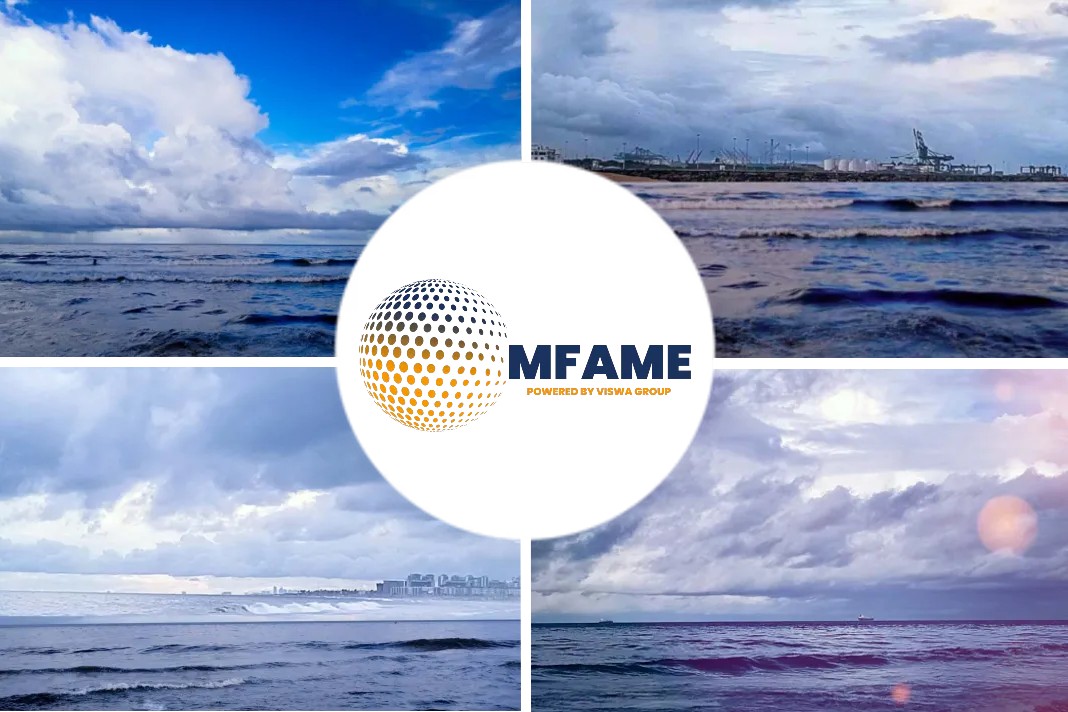The queue for tankers waiting to come into Cheniere Energy’s Sabine Pass LNG export terminal was getting longer as fog kept pilot service suspended along the channel serving the Louisiana facility for the second day in a row Feb. 10, reports Platts.
What Happened
Four unladen LNG tankers were anchored in the Gulf of Mexico near the US coast, while two tankers remained moored at the terminal, according to cFlow, S&P Global Platts trade flow software.
What Notice Says
Across all vessel types, 10 were waiting to sail from the channel and 12 were waiting to start in, as of early afternoon, according to a notice to shippers. Sabine Pilots advised that pilot service that was suspended Feb. 9 remained suspended Feb. 10. Fog was expected to persist throughout the week, the notice said.
“Once fog lifts, traffic is scheduled to resume outbound,” the notice said.
A Cheniere spokeswoman, Jenna Palfrey, declined to comment on the fog or the resulting disruption in tanker movements.
About The Queue
Feedgas deliveries to Sabine Pass stood at 3.6 Bcf/d on Feb 10, up slightly from 3.4 Bcf/d the day before but still down about 400 MMcf/d from an average of about 4 Bcf/d before the fog rolled in, Platts Analytics data showed. Eight cargoes had been loaded at Sabine Pass month-to-date as of Feb. 10, versus 10 cargoes during the same period a year ago, the data showed.
Hampering Vessel Traffic
Fog also was hampering vessel traffic along the channel in nearby Lake Charles that serves Sempra Energy’s Cameron LNG, and in Texas along the Houston Ship Channel. Lake Charles Pilots and Houston Ship Channel resumed service for outbound traffic only on Feb. 10, according to separate shipper notices.
In the key Northeast Asian import market, Platts JKM peaked at $32.50/MMBtu in January before falling back to more reasonable prices below $8/MMBtu so far in February. Despite strong Asian demand, milder weather, Chinese Lunar New Year and a return of disrupted supply is helping to rebalance the market.
Global Utilization Down
However, disruption and maintenance of liquefaction capacity is keeping global utilization down at 74% and another cold snap could yet trigger a rally, according to Platts Analytics, which forecasts that weaker netbacks and an increase in the size of the fleet will see more LNG being pushed back into Europe.
Biggest Liquefaction Facility
Sabine Pass is the biggest liquefaction facility in the US. Cheniere operates five trains there and is building a sixth. There are currently five LNG storage tanks, though two have been out of service for more than three years following a leak.
Palfrey said Cheniere has “effectively managed operations” at Sabine Pass with three storage tanks and continues to work closely with US regulators to obtain approval to resume service on the other two tanks. She said the company has made progress in those efforts.
Storage capacity
Being able to use the additional storage capacity would provide more flexibility, especially during times when consumption is high or access to feedgas may be limited.
An inadvertent release of gas Jan. 22, 2018, led to the shutdown of tanks 1 and 2 at Sabine Pass in Cameron Parish. Cheniere said in August 2019 that repairs were complete and that it expected both storage tanks to be operational by the end of that year if there were no further regulatory delays.
But it has yet to get the formal go-ahead from the agencies to bring the tanks online, as it works to satisfy corrective actions PHMSA and the Federal Energy Regulatory Commission required that were meant to prevent a recurrence.
Did you subscribe to our daily newsletter?
It’s Free! Click here to Subscribe!
Source: S&P Global Platts























